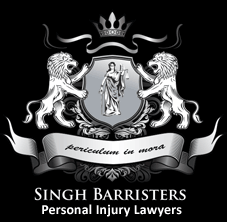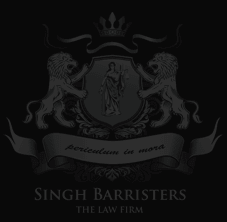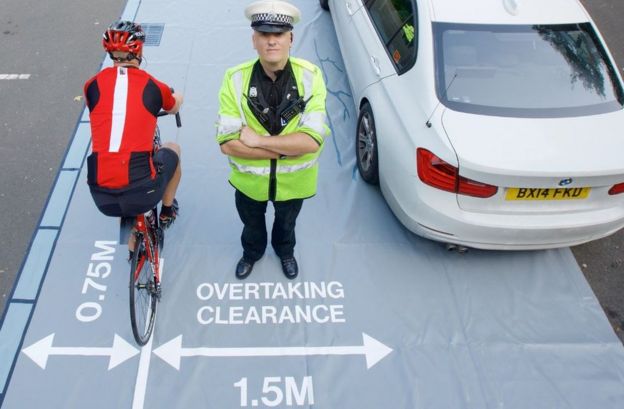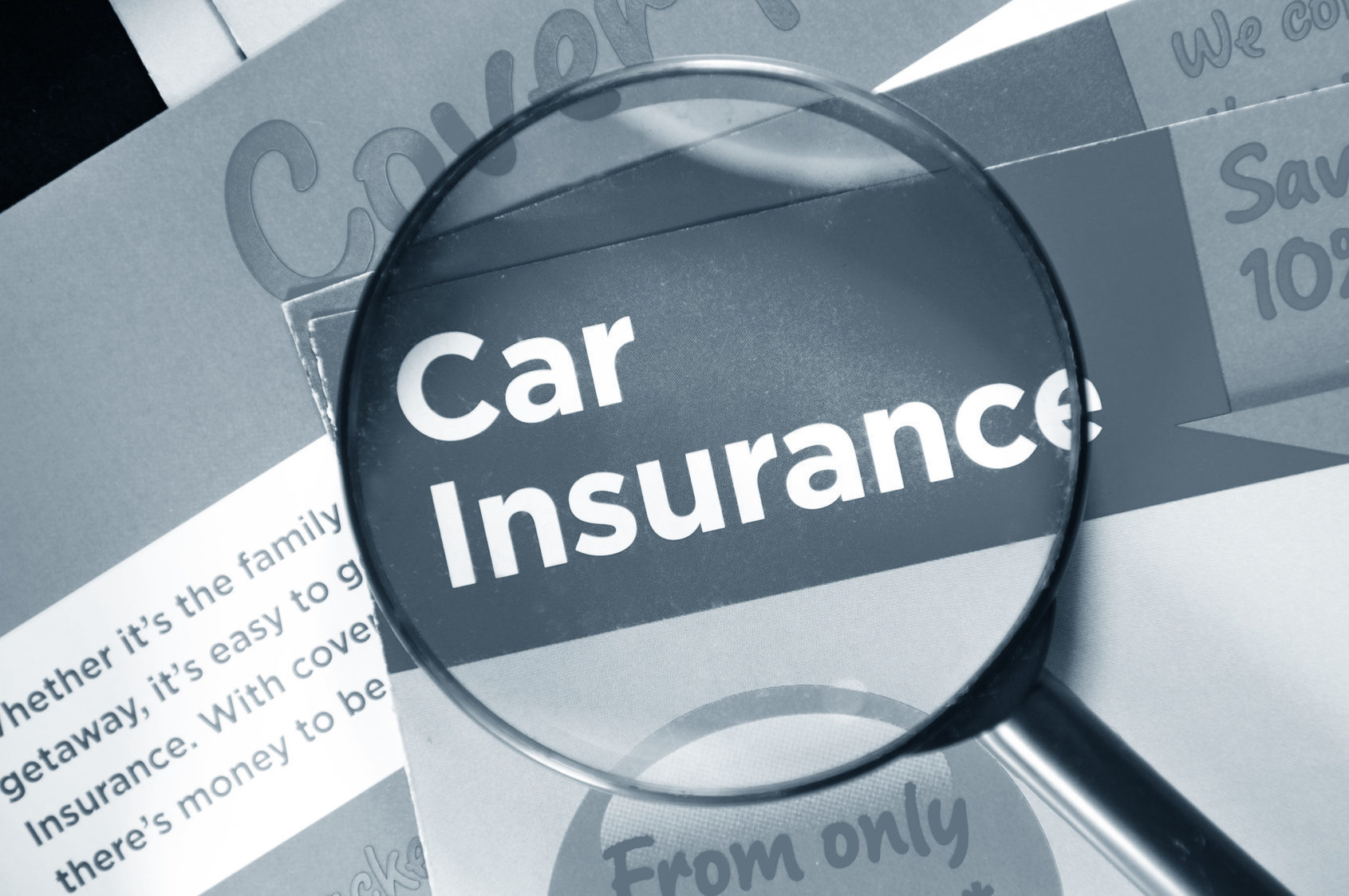Brampton personal injury lawyers deal with cases where drivers and passengers of cab aggregators like Uber are involved in collisions.
Ontario and Alberta are two provinces where Uber ride-sharing drivers and passengers are now automatically covered by an innovative new product , Uber Commercial Insurance.
The growing popularity of the sharing, just-in-time, on-demand economy has created the need for such services. Uber operates in several cities in Ontario and is an extremely popular choice with many sections of the population.
In an insurance industry first Ontario’s insurance regulatory body announced that it had approved of a policy from Intact Financial Corp. making it possible for Uber drivers and passengers to have insurance coverage for their ride-sharing services. The policy will be paid for by Uber.
Important Features of The Policy
This new insurance policy coverage covers both passengers and drivers and comes into force the moment the Uber app is first turned on and continues until the passenger exits the vehicle. When the app is not turned on, the vehicle owner’s personal auto insurance comes into effect.
The policy applies automatically to all Uber drivers regardless of their own auto insurance. When they’re driving their vehicles for private use, customers of certain insurers are protected as usual under their own policies at no extra cost.
The coverage includes statutory accident benefits, uninsured motorist coverage, family protection coverage and third-party liability up to $1 million when the app is in use but no ride has been accepted. When a ride has been accepted, the coverage limit is raised to $2 million. To get comprehensive and collision coverage, the car owner must have the appropriate personal policies.
Brian Mills, Chief Executive of the Financial Services Commission of Ontario opined, “Going forward I want to emphasize that the sharing economy in general and the automobile insurance implications in particular will continue to evolve and will require innovative solutions…”
Uber’s Canada general manager Ian Black welcomed the move in a statement as being “a smart seamless and simple solution for driver partners.”
The Ontario government has also approved regulatory changes under the Ontario Insurance Act to allow insurance companies to develop commercial fleet insurance policies for ride-hailing organizations.
How It Operates
The Uber journey is divided into Phases 0, 1, 2 and 3, where during:
Phase 0: the vehicle is being operated for personal use and the driver is offline.
Phase 1: the driver has logged on to the app but is yet to accept a ride.
Phase 2: driver has accepted a ride-request and is en route to collect the passenger/s.
Phase 3: driver is transporting passengers to their destination.
The new policy covers drivers, vehicles and passengers through Phases 1-3.
Uber drivers must contact their insurance brokers to inform them that they will be participating in the ride-hailing industry. This helps to bridge gaps between their existing and new ride-sharing coverage. Drivers need to inform their personal insurers that their vehicles are being used for Uber ride-hailing.
Since this is a very new development, there is still little clarity on how the courts will rule in case of a claim. An experienced Brampton car accident lawyer can assist, advise and advocate for you in such a situation.
















